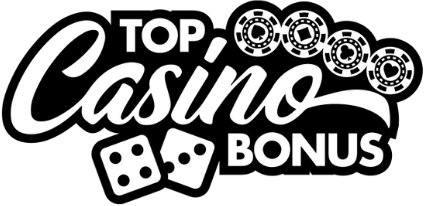Understanding pot odds: a beginner’s introduction for poker
Pot odds are like the oil in a well-machined poker engine, most folks playing the game never check the dipstick, and then wonder why their stack keeps sputtering out. If you’re serious about improving your game, especially from a mathematical and decision-making standpoint, you can’t ignore pot odds. This isn’t optional knowledge, it’s the bedrock of smart poker strategy from the microstakes to the high roller tables.
Table of contents
What pot odds really mean
Ask most beginners about pot odds and they’ll toss around vague phrases, “how much you have to call versus what’s in the pot.” Close, but no cigar. Pot odds give you a precise ratio that compares the current size of the pot to the cost of a contemplated call. They tell you if calling in a particular spot is profitable in the long run. Straight math. Cold steel logic.
Measuring your investment
Let’s get specific. Say the pot is $100, and your opponent bets $50. That means the pot’s now $150, and you have to call $50. So, your pot odds are 3-to-1. That’s 150 (the pot after the bet) divided by 50 (the call amount). It’s just like betting on a horse, if the odds don’t justify the gamble, fold and wait for a better hand to gallop in.
Connecting odds to outs
The key is matching pot odds with your “outs”, the unseen cards that could give you a winning hand. Let’s say you’ve got a flush draw after the flop. That’s nine outs. With two cards to come, your chance of hitting one of those is approximately 35%. Translate that to odds, about 1.9-to-1. If your pot odds are better than 2-to-1, it’s profitable to call. If not, you’re chasing rainbows.
Why crossing signals leads to disaster
One of the most common missteps I see from green players is failing to consider implied odds or reverse implied odds. A nice-looking mathematically justified call can become a brutal mistake if you’re not reading the full picture. That’s where you shift from arithmetic to game sense, knowing your opponent’s tendencies, stack sizes, position, and the likelihood of extracting more money if your hand comes in.
Case in point: the small flush trap
I watched a friend lose three buy-ins chasing a small flush where even hitting his draw wouldn’t have saved him. Why? Because his opponent was repping a higher flush, and sure enough, when the third suited card landed, it cost him everything. Don’t just look at your cards and think they’re golden. Think like your opponent. Would you have played it the same way if the shoe were on the other foot?
A better way to learn
If this kind of layered thinking feels overwhelming, take a moment to review common mistakes in casino poker. Most of them revolve around not factoring in pot odds, position, stack ratios, and opponent range. Cleaning up these leaks early can turn a break-even player into a long-term winner.
Translating odds into action
I can’t emphasize this enough, good poker players don’t make decisions based on feelings or hunches. They crunch the numbers. Then they use instinct and table presence to refine the decision. If you always know your pot odds, memorize your percentages for basic draws, and consider stack-to-pot ratios, you’re playing a form of poker most casual players never even attempt.
Shortcuts that actually help
There’s a neat trick veterans use: the Rule of 2 and 4. Multiply your outs by 2 on the turn and 4 on the flop to estimate your winning probability. It’s not laser-precise but it’s close enough and lightning fast. Experienced players slice decisions in split seconds, because they’ve run the math a million times before.
Pot odds at online casinos
Online strategy needs a firm grip on pot odds too, especially when playing multiple tables. With hand history tracking tools and HUDs, you can automate these calculations, but don’t rely on crutches. Many players jump straight into real-money tables at platforms they barely know, dazzled by bonuses and fast action. Instead, find and study reliable casino reviews to ensure the games are legit and fair.
Make your bonus count
Speaking of bonuses, they’re not all created equal. Many casual players dive into poker with fresh bankrolls from promos without considering wagering conditions or whether the bonus applies to poker tables. Take the time to choose from the best casino bonuses tailored to your strategy and game type. Otherwise, you’re just burning lifelines.
On-the-go poker and pot odds
The mobile generation wants poker they can slip into their pocket, and there’s nothing wrong with that. But don’t sacrifice strategic depth just because you’re playing on a touchscreen. Good decisions remain crucial whether you’re at a velvet table or your phone screen. If you’re looking to play on the move, start with the best mobile online casinos for solid platforms and good software.
Other games where odds matter
Understanding pot odds builds your logic muscle, and it spills over into other betting games too. You see the same principles in Blackjack when you count cards and weigh risk versus return. Strategy-driven games have one thing in common: players who know how to win calculate and adapt. Every. Single. Hand.
Final thoughts: honor the grind
Mastering pot odds isn’t some fancy flourish you layer on top of your game. It’s foundational. Get this wrong, and you’re driving blind. Get it right, and you’ll see the game more clearly than most of the table, you’ll start sensing when to call, raise, or fold before the chips even hit the felt. That’s the real craft of poker. And it only comes from repetition, study, and not shortcutting the work.





0 Comments